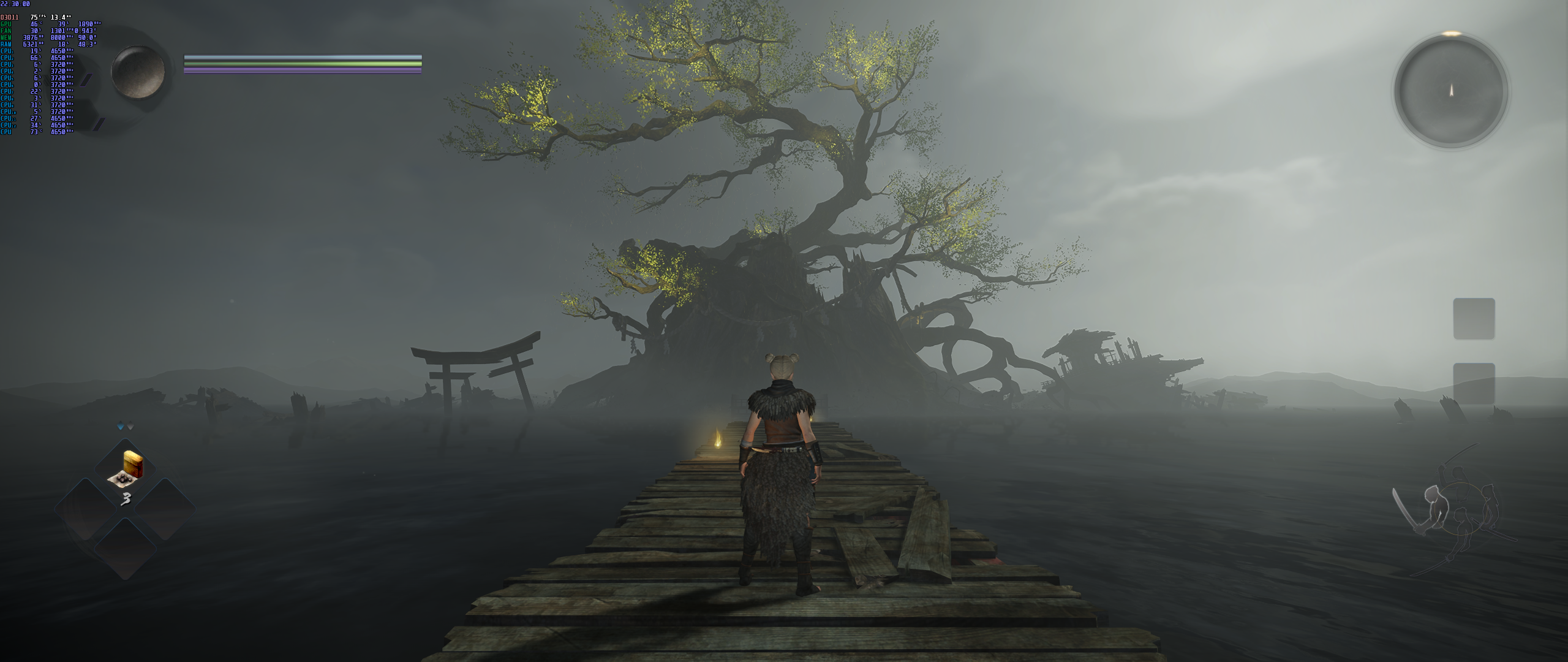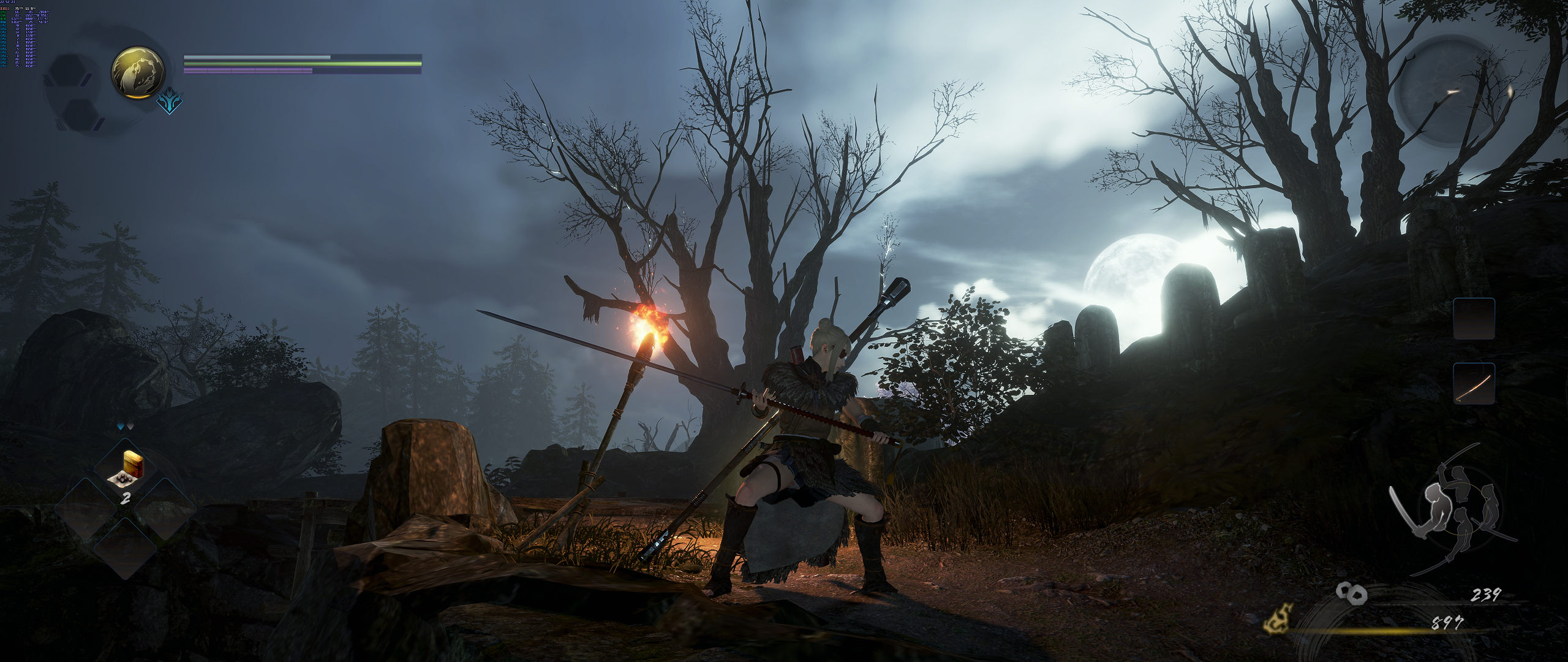The reason the DLSS image looks better overall is because it cleans up so much of the artifacting. The texture detail only seems to be affected at certain angles (definitely something that probably can't be helped when you are MIP mapping/filtering textures and then doing an image analysis on it on top of that). I'd more than happily take the DLSS image over the native one. I use DLSS in all of my games if it has it available because the FPS hit is too great to enjoy the game without it and it doesn't detract from the overall rendering of the scene significant enough for me to care. It's about the only thing I can give a pass to concerning "tricks" to allow faster rendering times.
As of right now, I would only use it if it's a resource heavy game that I can't run with all the bells and whistles without it. I guess if I played online competitive, it would be more useful to me. I am looking forward to seeing how it improves over the years.
But again, aliasing is not the only metric of image quality.
---
I know we're talking about DLSS, but as it kinda factors in, i've not been thrilled at how commonplace TAA has been used in games, almost like a universal solution for western developers at this point. In terms of sharp AA methods, I liked when MLAA was developed on PS3 as a cheap but still sharp alternative to MSAA, then SMAA (1x as it's called in Crysis 3, without the temporal component) further improved the technique. Unless it's a really good TAA solution and it fits the content (e.g. ratchet and clank, bluepoint games) i'd rather smaa be used. Esp. at native 4k where it doesn't need much AA to begin with, at least at the tv sizes I have and my distance from them.
Even back in the 360 generation at 720p, in hindsight I appreciated games like Gears 3 not having any AA instead of blurry FXAA or the much worse experimental TAA stuff devs had back then. I am also not thrilled at the low resolutions Nintendo currently uses for some of their games on switch, but it is preferable that they have no AA as opposed to FXAA or TAA to have them blurred further.
An extreme of example of the horrors of TAA can be seen on id tech games on the switch, sans doom eternal which has no AA. I've never seen a worse looking game than wolfenstein 2 on the switch in terms of image quality. 360p + TAA

















